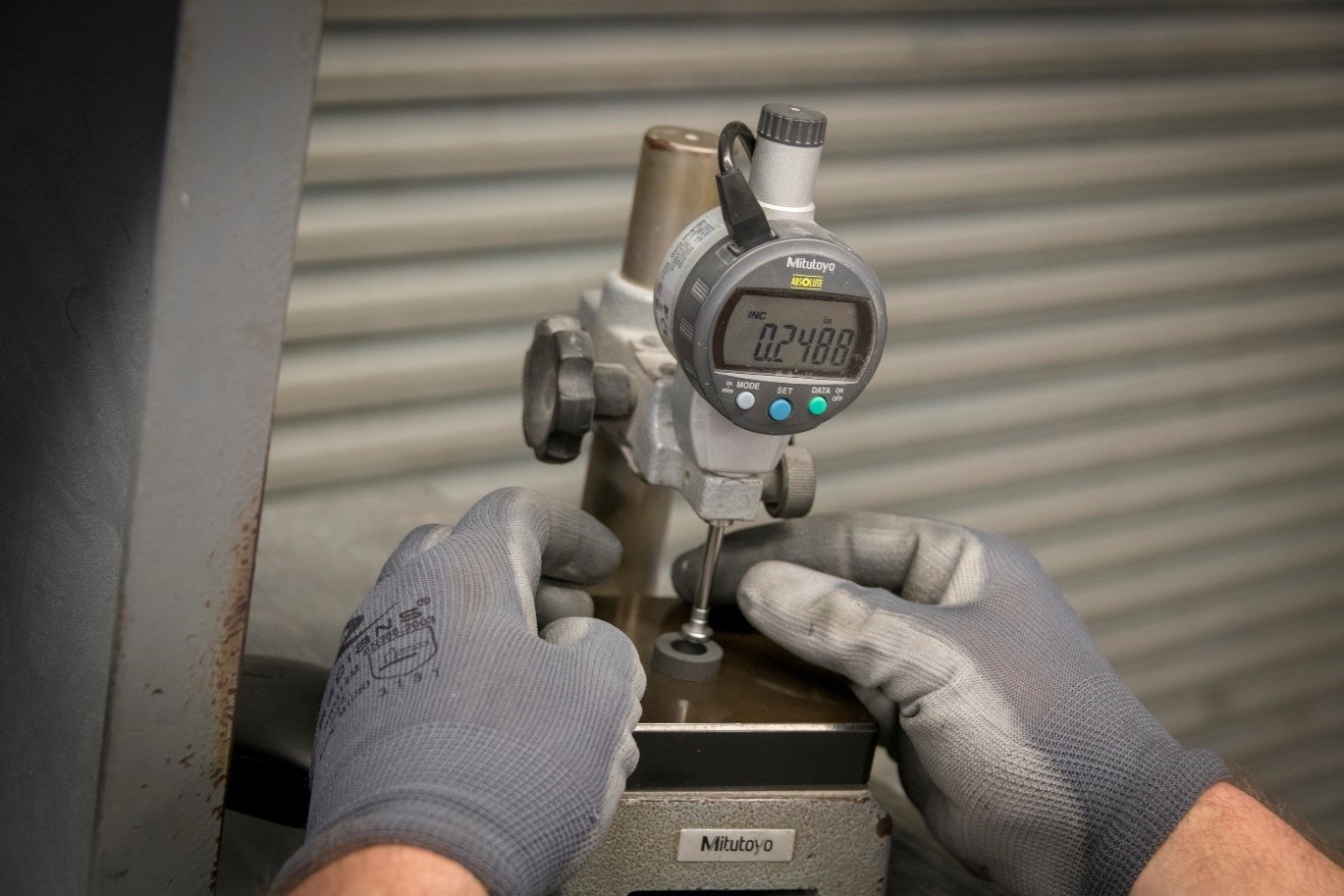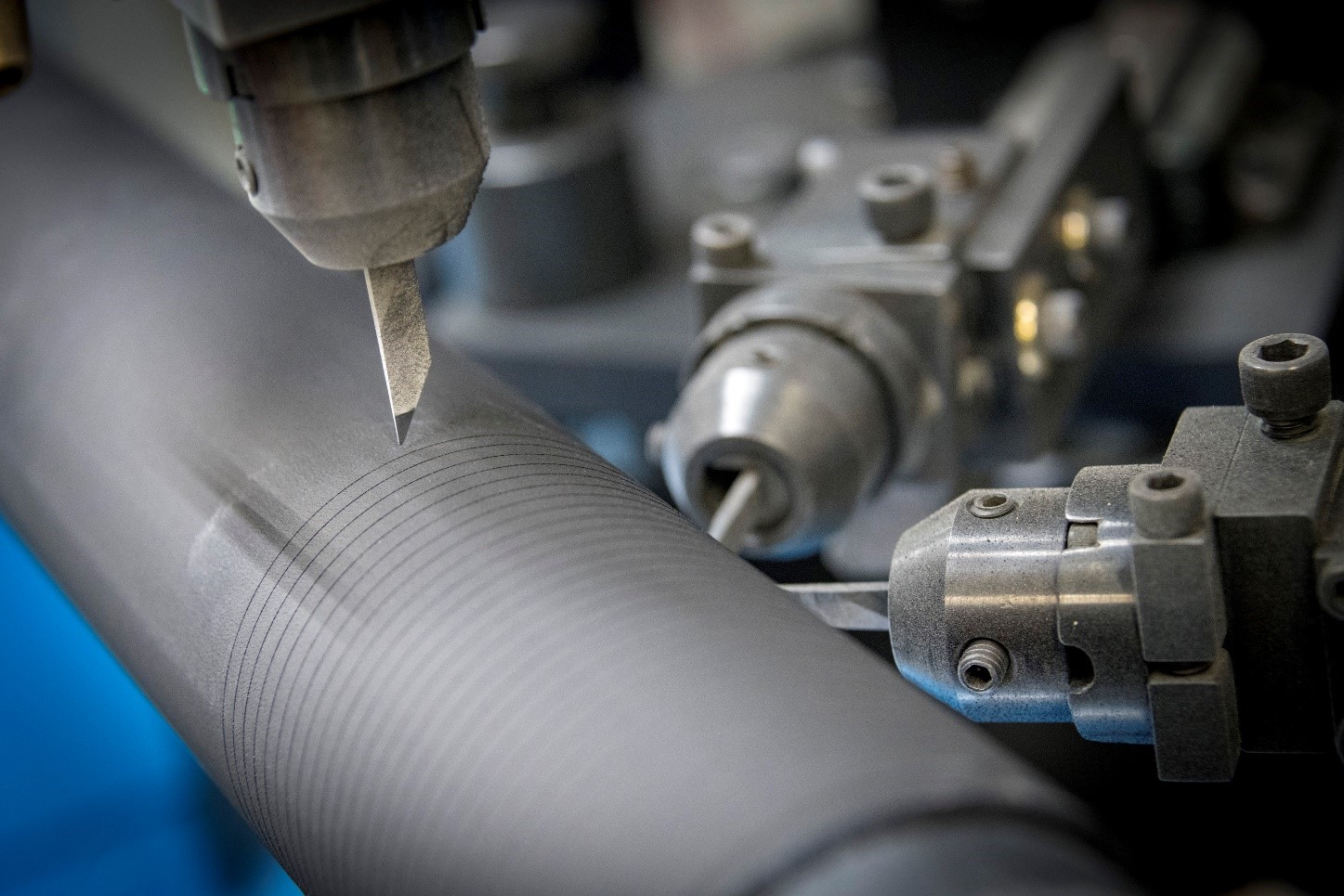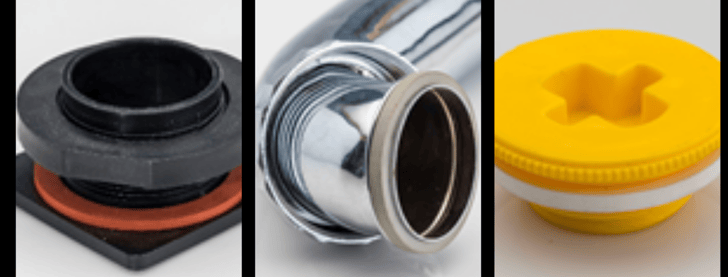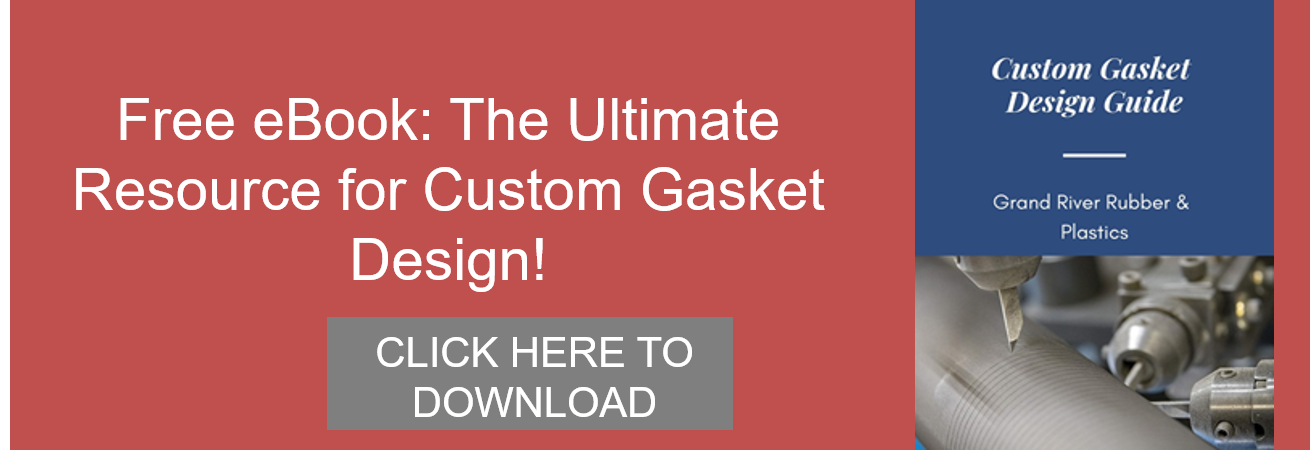Should we specify an O-ring or gasket?
Although the general public and some assemblers and manufacturers use the terms O-rings and gaskets interchangeably, there are important differences in both the manufacturing process and how and when they are used in applications.
Primary Differences Between O-Rings and Lathe Cut Gaskets
At a basic level, O-rings can be considered gaskets, however, they cannot be used in all of the same applications. Gaskets can be a more versatile seal, as they can be made from a wide variety of material and in a custom size. Also, and importantly, gaskets and O-rings vary in shape. The O-ring’s cross-section can be round or oval, whereas the gasket cross-section is a rectangle.
Seal Integrity and Gasket Specifications
It’s important to select the correct design and best material, as in the case of both O-rings and gaskets, maintaining the integrity of the seal is the primary goal.
Seal failure is usually attributed to the seal’s inability to maintain either the dimensional stability or design shape. Lathe cut seals can keep their design shape under significant stress and therefore have a longer sealing life.

Many manufacturers and OEM designers and suppliers specify lathe cut gaskets due to their quality requirements. Lathe cut gaskets can meet precise sizing and materials specifications that are not always possible with O-rings. While some OEM specifications allow for reasonable tolerances, when a very precise size is called for, the lathe-cut gasket may be a more appropriate (and economical) solution. Because lathe cut gaskets can be made out of any polymer group they can be used as an alternative to O-rings in most applications.
The wide variety of materials and sizes that can be used for lathe cut gaskets gives designers and engineers more flexibility in designing for seal Material stresses, environmental factors, and cost can be more thoroughly considered.

How are lathe cut gaskets made?
Lathe cut gaskets are created from tubes of rubber. A mandrel is inserted into the tube and lathe cut for the finished dimensions. The mandrel is turned and cut on the lathe. This process allows for almost infinite sizes and thicknesses. (video)
When to Choose a Lathe Cut Gasket
For a variety of reasons, lathe cut gaskets are the optimal choice for seals in static applications (between no-moving parts), across virtually all industries. They are also preferred when beveled edge gaskets or tight tolerance gaskets are required. In most applications, lathe cut gaskets are a very acceptable and less expensive option to replace O-rings and other squeeze type molded seals.
Lathe cut gaskets ensure an excellent seal because the rectangular or square cross-section results in a larger sealing surface, and also provides increased resistance to compression when compared to O-rings. The lathe cutting process is also preferred when large OD gaskets or small ID gaskets are necessary because of availability and cost. Lathe cut manufacturers can extrude sizes from .250” to 7.75” with little or no tooling costs.
Everything at Grand River Rubber is custom made to conform to established requirements and understood expectations.
Some of the static applications where lathe cut gaskets are ideal include:
- bumpers, sleeves, and dampeners
- static and radial seals
- container seals
- roller sleeves
- appliance applications
- coupling gaskets
- food grade gaskets
- filter gaskets

Sealing Applications: Should I Specify O-rings?
O-rings are typically more advantageous in dynamic applications, meaning applications where there is motion between two parts. O-rings in dynamic applications plug the surface between moving and stationary objects that are assembled.
Common dynamic applications using O-rings include:
- oil sealing
- piston rings
- pump seals
- radial lips
- rotary shafts.
Other applications where O-rings may be preferred include hydraulic and pneumatic applications, shims and insulators, and bearing isolation.
Of course, there are many factors in every design – application, materials, cost considerations, and specifications, particularly if you are a contract manufacture or handling assemblies. (See our lathe cut design guide). The most common mold sizes used by O-ring manufacturers are between .500” and 3.00” ID. (One of the top reasons for O-ring failures is improper sizing.) Using standard mold sizes, manufacturers can easily produce high volumes of O-Rings. However, when a larger ID or custom size is required, manufacturers who do not have a mold typically charge customers an additional development and setup fee, which can be cost-prohibitive. In those cases, a design review is often warranted to determine break-even and ROI points.
Manufacturing and Design, Sealing Experience
Lathe cut gaskets are preferred by most manufacturers to protect the integrity of their components and completed assemblies. For the most reliable, precise sealing options, contact Grand River Rubber. Our experienced engineers and designers can work with you to develop the best solution for your budget and your application.

